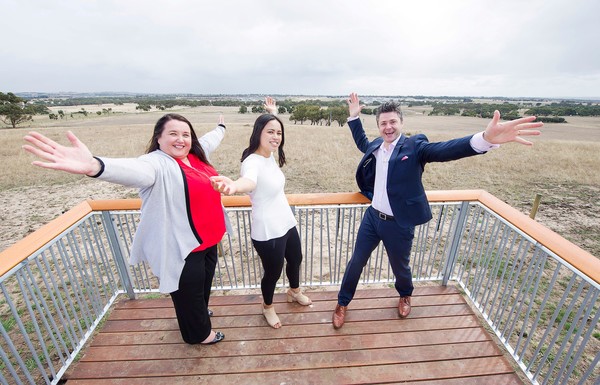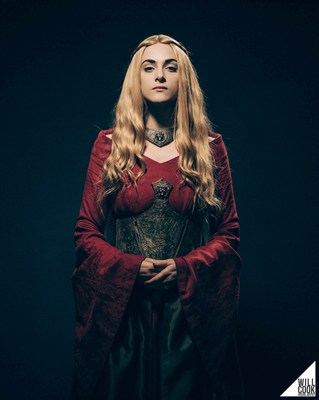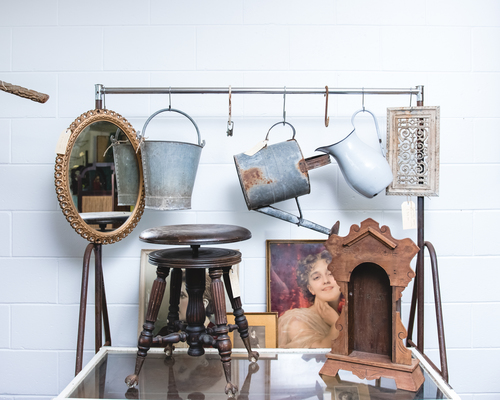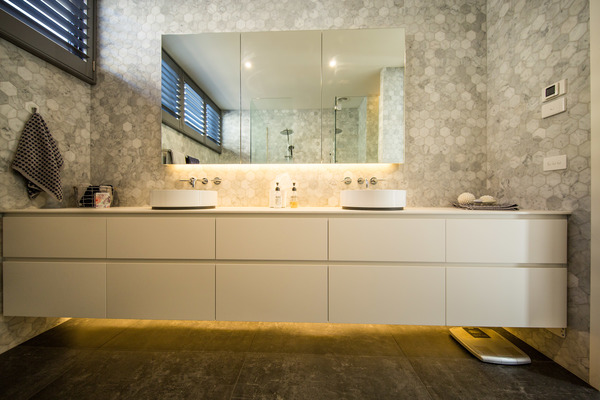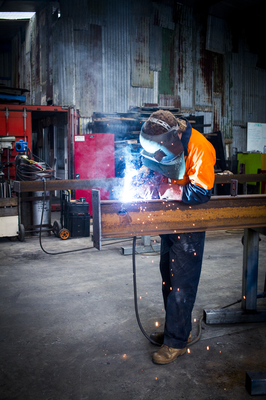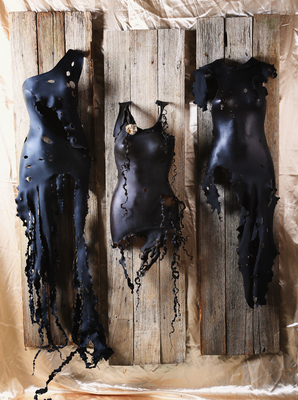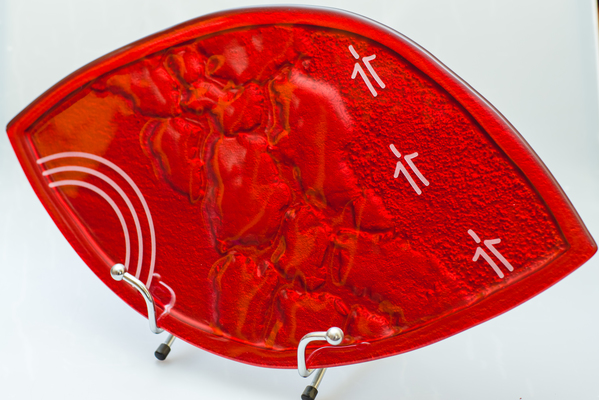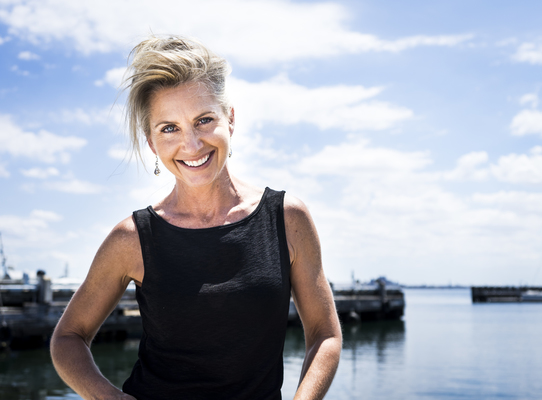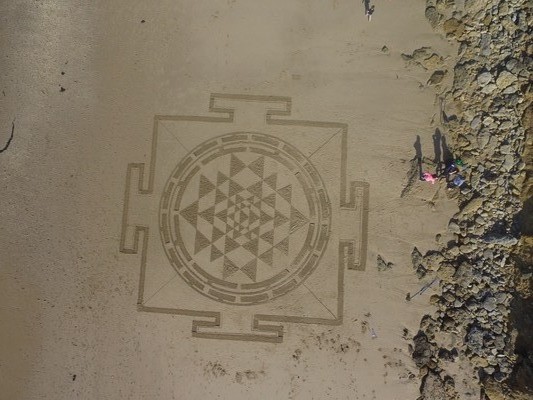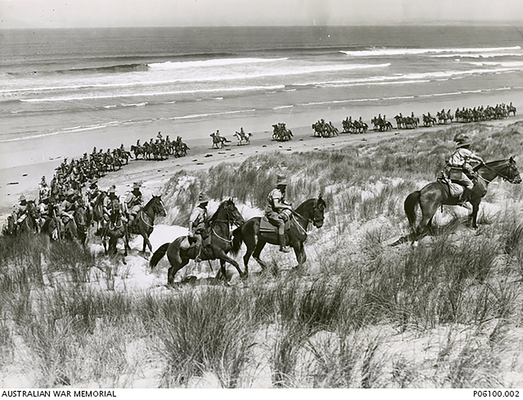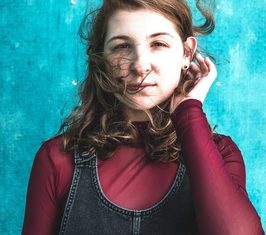Warralily’s prestigious new land release, Warralily Grange at Mount Duneed, sold 50 lots in its first weekend on the market.
Warralily estate manager Ben Stewart said the bumper lead up to the land release, at which more than 320 home-hunters expressed their interest, was an indication that sales of the super-suburbs newest neighbourhood would be strong.
“To keep up with demand for Grange we released both stage 1 and stage 2A on the first weekend and have since released stage 2B,” Ben said.
“This will be the most premium location in the growth corridor and is drawing interest from a range of purchasers including existing Warralily residents and locals from Mount Duneed.”
The highly-sought Mount Duneed neighbourhood with sprawling panoramic views and a village lifestyle will suit all budgets offering lots in a variety of sizes alongside a future P-6 school, local shops, district ovals and three parks.
The future Mount Duneed village will also offer ready access to the Surf Coast, Ring Road and nearby Geelong CBD. The many existing Warralily amenities and services already on offer at Armstrong Creek will be just minutes away including the newly opened Armstrong Creek School, Warralily Village Shopping Centre and the future City of Greater Geelong Community Facility.
With Warralily’s existing Armstrong Creek precincts already 70 percent sold, the Warralily Grange timeline was brought forward to match market needs as the Warralily population surpasses 5,500 residents.
“2017 was a record-breaking year for Warralily with 509 sales and, with our Coast and Central precinct nearing sell out, 2018 is experiencing continued price growth,” Ben said.
“It’s exciting seeing the community extend west across the Surf Coast Highway to open new possibilities for our purchasers. Some purchasers said they had waited years for this land release and others said it would be their ‘forever home’.”
Potential purchasers are encouraged to register their interest to gain the best possible chance of securing a lot in future releases. Contact Warralily on 1300 458 193 or warralily@coreprojects.com.au.
For more information visit warralily.com.au.


